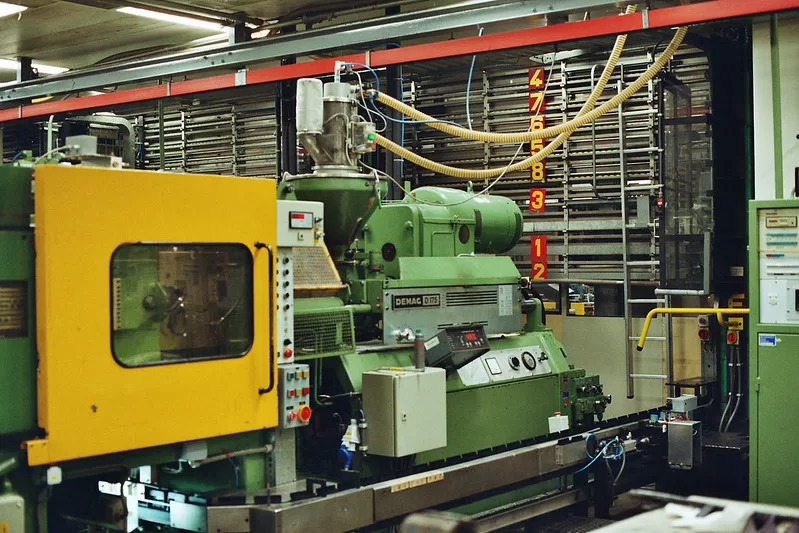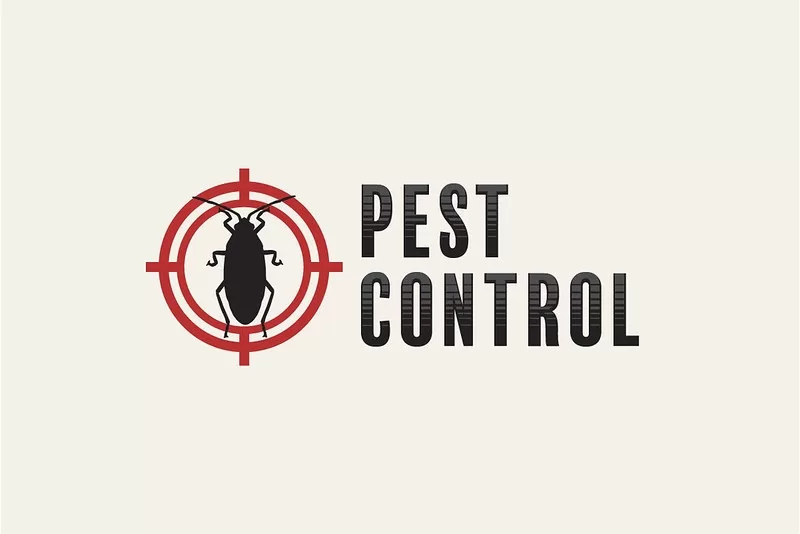Injection molding is a process companies use to produce products, items, or parts in large volumes. This process is essential in facilitating the production process of every manufacturing company.
You can produce thousands and millions of the same item quickly, thereby minimizing production costs.

How does injection molding work? Injection molding is a manufacturing process that involves metal powder or plastic pellets in the hopper of the injection molding machine. Then the hopper pours the plastic into the barrel, melting and liquifying it. The molten plastic or metal from the barrel enters the cavity through the nozzle.
A nozzle in the extruder clamps into a recess in the stationary half of the cavity. The two halves of the cavity, with a straight parting surface, consist of heavy steel and are installed on thick steel tie bars.
The injection mold has a system of runners that distributes the melted plastic from the sprue to the cavities that ascertain the dimensions of the molded products. With clamp plates, the mold halves clamp together using high pressure from a hydraulic piston.
The cooling channels installed near the mold keep the cavities cool below the solidification range of the material(plastic or metal).
Then the helical screw pushes the melted material through the runners and into the cavities, maintaining pressure (5,000-15,000 psi, 34-103 MPa) while the fresh injection molded parts cool and solidify.
The ejector pins installed at the far of the injection mold are withdrawn, pushing the molded part and runners out of the mold halves.
How to Maintain the Parts of the Injection Molding Machine
The maintenance of injection molding machines should extend beyond the surface and into the equipment room so that the maintained equipment can remain intact and not cause any defects or errors in the molded products during production.
The mechanical hinge of the clamping unit should be adequately lubricated. Otherwise, the mechanical hinge will experience wear and tear and reduce its life span. The four coring columns should be cleaned nicely, including the formwork’s sliding feet and rails.
The clamping unit shouldn’t be used more than the working pressure. Instead, the clamping stroke should be regulated to reduce the impact on the machine during clamping.
The injection platform’s guide rod should be cleaned and lubricated regularly, and the injection platform surface should be kept clean and free of moisture.
The hopper is exclusive to plastics, pigments, and additives, and nothing else should be put on it. Also, the plastic supplier should be consulted before using special plastics to determine the injection screw used for that type of plastic.
To wear in the cylinder pump core and avoid oil leakage, caused by the damaged oil seal of the injection cylinder, the lubricating grease of the oil pressure motor should be removed and replaced with fresh lubricant regularly.
Maintaining the injection molding machine is essential to save repair costs and avoid generating inferior injection molded parts.









